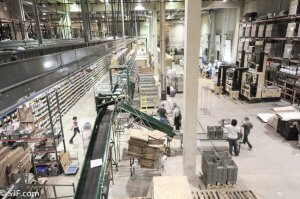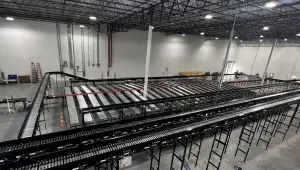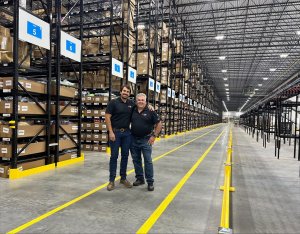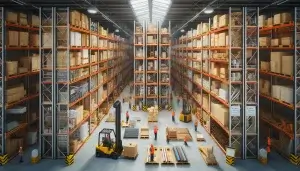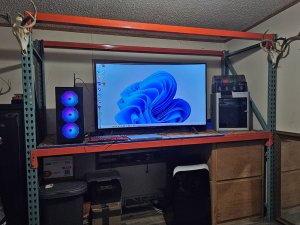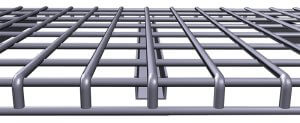Story Highlights: Gravity Conveyor Series: Part 1: Effortless Efficiency: The Role of Gravity Conveyors in the Modern...
Story Highlights: Gravity Conveyor Series Part 1 (current): Effortless Efficiency: The Role of Gravity Conveyors in the...
SJF’s new President and Vice President leaders committed to upholding the company’s legacy of high-quality service. Winsted,...
Story Highlights: In the world of warehouse management, pallet racking plays a pivotal role. It’s the backbone...
Winsted, MN (May 15, 2024) – SJF Material Handling, Inc. is proud to announce its 45th anniversary....
Janae WitteSJF Material Handling Solutions Specialist Cantilever racking is an exceptional storage system that allows consumers to...
We have some very creative customers! Brad Grack of New Auburn, Minnesota, wanted a “manly” look for...
Story Highlights: Wire mesh decking is a popular choice for industrial storage and warehouse facilities. It is...

